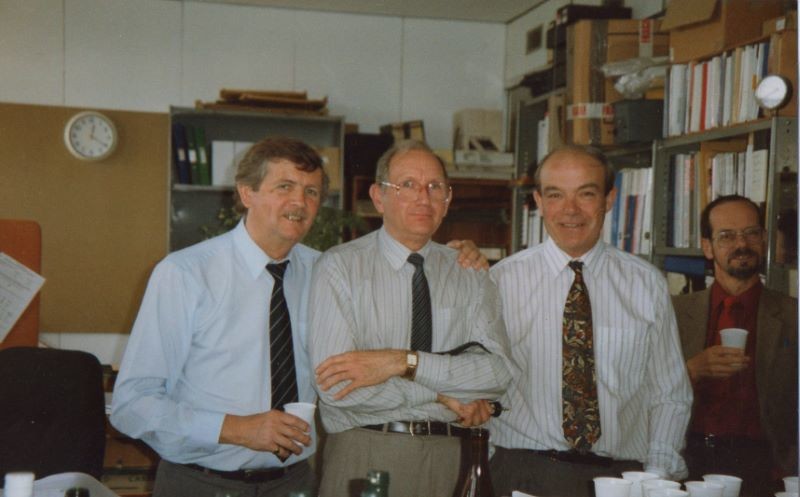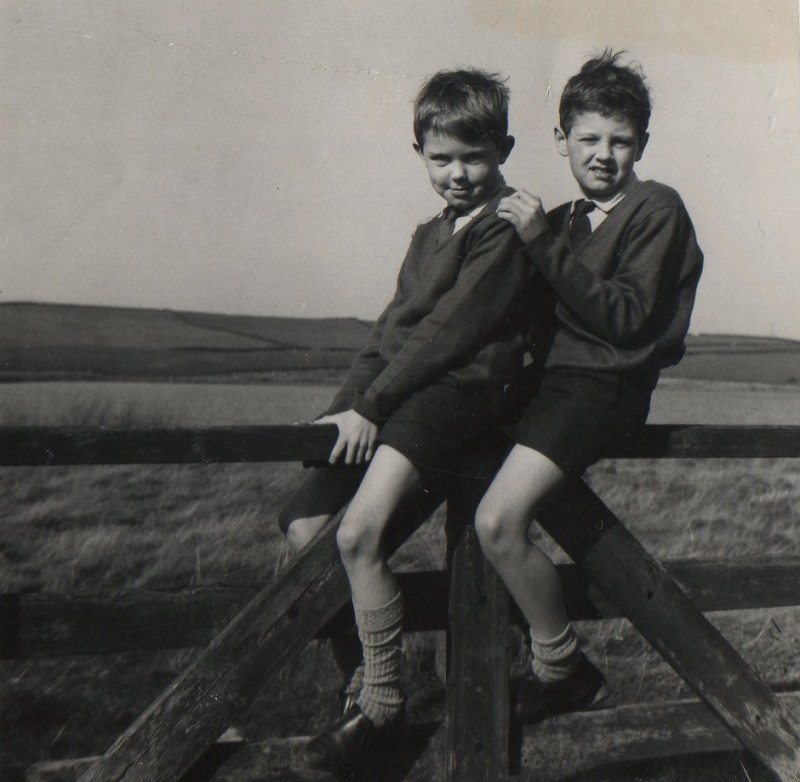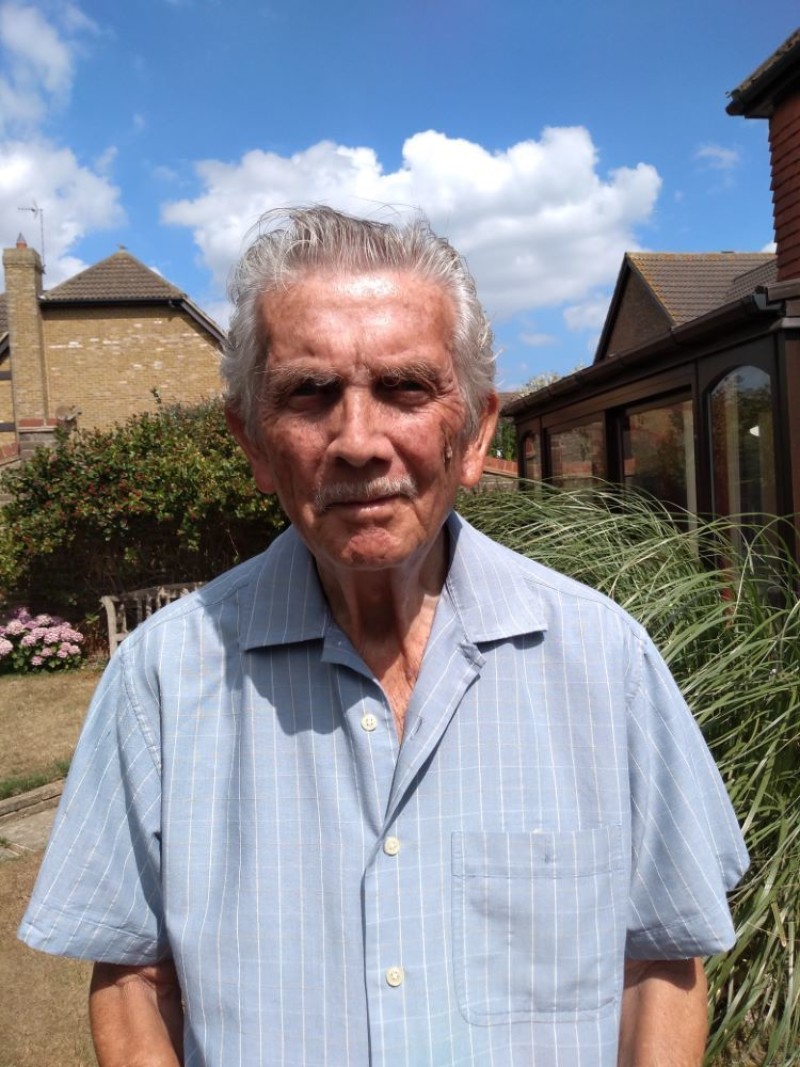MORE than 50 years ago a talented electrical engineer left Barnsley and the mining industry for Norwich and local government work fearing what the town’s poor air quality was doing to his young son’s lungs.
He went on to flourish in his chosen career, which has become the subject of a study by an organisation called Wise Archive which documents the working lives of older people who left a mark on their chosen profession.
Trevor Broadbent, 84, who now lives near Great Yarmouth, learned what he knows about electrical engineering in Barnsley’s pits, but he went on to become a pioneer who paved the way for young and vulnerable people to give evidence in court via video link rather than in person.
“I was quite humbled that this Wise Archive wanted to write about my career,” said Trevor.
In 1977 when working for Norfolk County Council he assumed responsibility for the electrical section.
“The most interesting project I handled during those years was the design for the electrical services in the new Magistrates’ Court in Great Yarmouth. A difficult project that wasn’t without its headaches.
“It was during the design of the services in the Juvenile Court that I started to think about the stress children would be under having to give formal evidence. For that reason and after I had obtained approval from the Home Office in London, I introduced into the design a closed circuit television system in the Juvenile Court, where the children could give evidence in a separate room without the stress of the main courtroom.
“The system was a first in the country and it started in Great Yarmouth. Other authorities came to see how it worked as did a representative from the South African Embassy and as they say the rest is history. It is now a standard part of legal procedure.”
Trevor was born off Summer Lane in Barnsley and his working life started with a position at the Barnsley Mining and Technology College as a junior electrical laboratory technician.
He enrolled at the college for the classes that would eventually provide him with an Ordinary and then Higher National Certificate in electrical engineering.
He later became an apprentice electrical engineering draughtsman at the National Coal Board area headquarters at Grimethorpe where, apprenticed to the senior electrical draughtsman, they were responsible for producing drawings of all the electrical circuitry involved with a coal mine, both on the surface and underground.
“The first time I went underground I was still only 17 and had to take some equipment to the senior draughtsman who was already down the adjacent Grimethorpe colliery carrying out a survey.
“It was quite a shock. I was the only one on the cage when I went down and I didn’t know what to expect. Coal and the materials are wound at a speed of 60 mph. Men however are wound at 30 mph and it still felt fast.
“I thought the floor of the cage had been taken from under my feet, we dropped that fast; my heart in my mouth, the occasional light flashing past as we went down the wet and slimy brick lined shaft.





